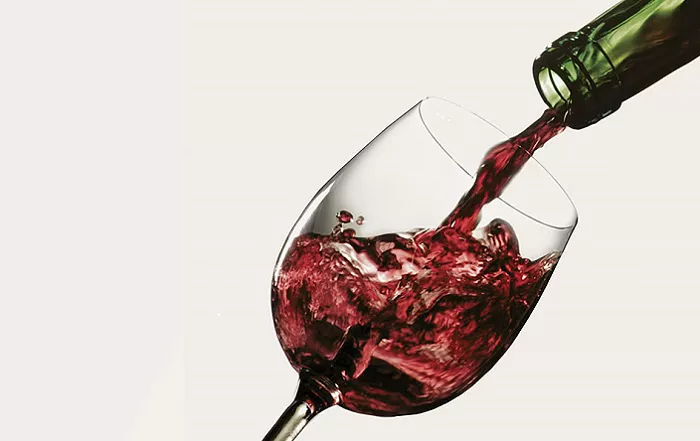French wine exports remained largely stagnant in 2024, recording a modest 0.7% increase in volume. In contrast, Loire wines demonstrated robust growth, with export volumes rising 5% and export values climbing 5.9%. A total of 55 million bottles were shipped abroad from the Loire, representing 22% of the region’s total wine sales—up from 20% the previous year.
Camille Masson, president of InterLoire, highlighted the significance of these figures, emphasizing the Loire’s growing international presence. “Exports are a true growth driver for our sector. The strong results achieved in 2024 place us among the most dynamic French wine regions on the global stage,” Masson stated. This upward trajectory aligns closely with the Loire 2030 strategic plan, which targets 30% of total volumes for export by the decade’s end.
Sparkling and White Wines Drive Export Growth
The export surge was predominantly led by sparkling wines, which saw a 12% increase in volume and accounted for 35% of total exports. White wines also contributed significantly, with volumes growing 4% and representing 43% of exports. Conversely, red and dry rosé wines experienced a 5% decline in export volume, while off-dry rosés dropped 2%, reflecting a broader global reduction in rosé consumption.
From a value perspective, sparkling and white wines generated 80% of the export revenue. Red and dry rosé wines maintained stable values, while off-dry rosés declined.
Key Export Markets Show Mixed Results
Germany (22%), the United States (16%), and Belgium (14%) continued to be the largest importers of Loire wines, collectively accounting for over half of the region’s export volume. The United Kingdom followed with 13%, and Canada accounted for 7%. Most major markets registered growth in 2024, notably the US (+6.7%), Belgium (+5.4%), and Germany (+2.3%). In contrast, the UK and Denmark experienced declines in export volumes.
Emerging markets such as the Baltic States, Italy, the UAE, and Finland showed promising increases in export value, suggesting new opportunities for Loire producers.
Premiumisation Fuels Export Value Growth
The rise in export revenue was also driven by an increase in ex-cellar prices, which grew 0.8% year-on-year and 17% over the past five years. This premiumisation trend was particularly pronounced in the white and sparkling wine segments.
InterLoire noted sustained international demand for Chenin Blanc-based wines, including Crémant de Loire, Anjou, Saumur, and Vouvray varieties. The Crémant de Loire category is poised to mark its 50th anniversary in October 2025, underscoring its established market presence.
Strategic Focus for Continued Expansion
Looking forward, InterLoire plans to strengthen its foothold in established markets such as the US, UK, Germany, Belgium, and Canada, while enhancing visibility in emerging regions including Denmark, the Netherlands, Sweden, Norway, Australia, and Japan.
“This positive trend results from collective efforts to promote the exceptional quality of our wines internationally,” Masson affirmed.
With more than 2,200 wine estates, 310 merchants, and 42,000 hectares under vine—85% of which are certified organic or environmentally certified—the Loire region is positioning itself as a key contender in the evolving global wine industry.
You Might Be Interested In:


